
The bond between children with autism and animals is nothing short of magical. From my own experiences and extensive research in animal behavior, I can attest to the profound impact that animals can have on children with autism. The non-verbal communication, the unconditional love, and the gentle presence of animals provide a unique form of therapy that is both innovative and deeply effective. For those interested in how sensory interventions can complement animal-assisted therapy, exploring the **benefits of autism ear plugs** could be enlightening. Learn more about it [here](https://brightautism.org/blogs/news/managing-sensory-overload-the-benefits-of-autism-ear-plugs" title="Managing Sensory Overload: The Benefits of Autism Ear Plugs" alt="Managing Sensory Overload: The Benefits of Autism Ear Plugs").
Innovative Therapy Programs
Animal-assisted therapy (AAT) is a therapeutic intervention that incorporates animals into the treatment process. According to
Psychology Today, AAT can involve a variety of animals, including dogs, horses, cats, and even birds. These programs are designed to improve physical, social, emotional, or cognitive functioning in children with autism. One of the most innovative programs I've encountered is the use of therapy dogs in schools and clinics. These dogs are specially trained to interact with children on the autism spectrum, providing a calming presence and helping to reduce anxiety. The dogs can assist with social interactions, helping children learn to read social cues and develop communication skills.
Unique Methods and Techniques
The methods used in animal-assisted therapy are as diverse as the animals themselves. For instance, equine-assisted therapy, which involves horses, is particularly effective for children with autism. The rhythmic movement of riding a horse can help improve balance, coordination, and sensory integration. According to
TheraPet, the goals of these sessions can be physical, mental, emotional, and social, making it a holistic approach to therapy. Another unique method involves using small animals like guinea pigs or rabbits. These animals are less intimidating for some children and can be easier to handle. The act of caring for and interacting with these animals can teach responsibility, empathy, and patience.
Qualified Therapists
The success of animal-assisted therapy largely depends on the qualifications of the therapists involved. These professionals often have specialized training in both animal behavior and therapeutic techniques. Many programs require therapists to be certified in animal-assisted therapy, ensuring they have the skills necessary to safely and effectively incorporate animals into their sessions. For example, the
Animal Assisted Therapy of the Triangle offers professional training programs and workshops to ensure that therapists are well-equipped to handle the unique challenges of working with children with autism.
Personal Stories of Progress
The true measure of any therapy program is its impact on the individuals it serves. There are countless stories of children who have made significant progress through animal-assisted therapy. One such story involves a young boy named Ethan, who struggled with severe social anxiety and communication difficulties. After just a few months of working with a therapy dog, Ethan began to open up, making eye contact and even speaking in full sentences. Another inspiring story is that of a girl named Mia, who found it difficult to express her emotions. Through equine-assisted therapy, Mia learned to connect with a horse named Star. The bond they formed helped Mia develop emotional regulation skills, and she began to express her feelings more freely.
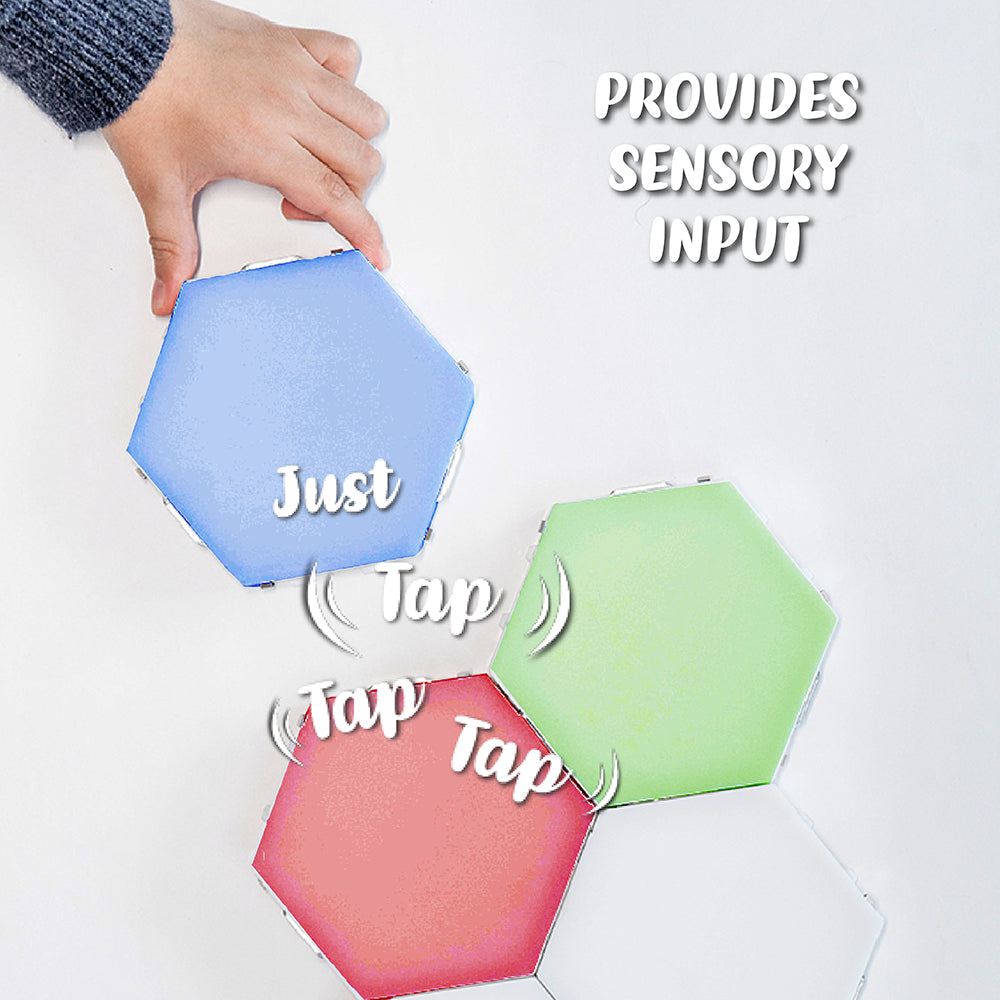 TAP-TAP Sensory Lights - Touch and Visual Stimulation: With a few simple taps, these lights have the ability to transform any space into a stimulating, enjoyable and sensory room for kids, providing visual stimuli that can capture kids' attention and interest. Simply swipe across the areas you want to turn on and swipe again to turn off.
TAP-TAP Sensory Lights - Touch and Visual Stimulation: With a few simple taps, these lights have the ability to transform any space into a stimulating, enjoyable and sensory room for kids, providing visual stimuli that can capture kids' attention and interest. Simply swipe across the areas you want to turn on and swipe again to turn off.
The Science Behind the Bond
The effectiveness of animal-assisted therapy is backed by scientific research. Studies have shown that interacting with animals can increase the production of oxytocin, a hormone associated with bonding and social interaction. This can be particularly beneficial for children with autism, who often struggle with social connections. According to a systematic review published by the
National Center for Biotechnology Information, animal-assisted therapy has been shown to improve social behaviors, reduce anxiety, and enhance emotional well-being in children with autism.
Challenges and Considerations
While the benefits of animal-assisted therapy are numerous, it's important to consider the challenges as well. Not all children may respond positively to animals, and some may have allergies or fears that need to be addressed. Additionally, the success of the therapy depends on the careful matching of the child with the right animal and the expertise of the therapist. It's also crucial to ensure the well-being of the animals involved. They must be well-trained, healthy, and enjoy interacting with children. Ethical considerations should always be at the forefront of any animal-assisted therapy program.
Looking Ahead
The future of animal-assisted therapy is promising. As more research is conducted and new techniques are developed, the potential for these programs to help children with autism continues to grow. It's an exciting time for both therapists and families, as they explore the myriad ways in which animals can enhance the lives of children on the autism spectrum. For those interested in learning more about animal-assisted therapy or finding programs in their area, resources like the
Whole Health Library and the
Animal Assisted Therapy Programs of Colorado offer valuable information and support. In the end, the bond between animals and children with autism is a testament to the power of empathy, patience, and love. It's a reminder that sometimes, the most effective forms of therapy come from the most unexpected sources. As we continue to explore and expand these innovative programs, we open up new possibilities for healing and connection, one paw at a time. Embrace the journey, celebrate the breakthroughs, and cherish the bonds that form along the way. Together, we can create a world where every child has the opportunity to thrive, supported by the unconditional love and gentle presence of their animal companions.
 The bond between children with autism and animals is nothing short of magical. From my own experiences and extensive research in animal behavior, I can attest to the profound impact that animals can have on children with autism. The non-verbal communication, the unconditional love, and the gentle presence of animals provide a unique form of therapy that is both innovative and deeply effective. For those interested in how sensory interventions can complement animal-assisted therapy, exploring the **benefits of autism ear plugs** could be enlightening. Learn more about it [here](https://brightautism.org/blogs/news/managing-sensory-overload-the-benefits-of-autism-ear-plugs" title="Managing Sensory Overload: The Benefits of Autism Ear Plugs" alt="Managing Sensory Overload: The Benefits of Autism Ear Plugs").
The bond between children with autism and animals is nothing short of magical. From my own experiences and extensive research in animal behavior, I can attest to the profound impact that animals can have on children with autism. The non-verbal communication, the unconditional love, and the gentle presence of animals provide a unique form of therapy that is both innovative and deeply effective. For those interested in how sensory interventions can complement animal-assisted therapy, exploring the **benefits of autism ear plugs** could be enlightening. Learn more about it [here](https://brightautism.org/blogs/news/managing-sensory-overload-the-benefits-of-autism-ear-plugs" title="Managing Sensory Overload: The Benefits of Autism Ear Plugs" alt="Managing Sensory Overload: The Benefits of Autism Ear Plugs").
 TAP-TAP Sensory Lights - Touch and Visual Stimulation: With a few simple taps, these lights have the ability to transform any space into a stimulating, enjoyable and sensory room for kids, providing visual stimuli that can capture kids' attention and interest. Simply swipe across the areas you want to turn on and swipe again to turn off.
TAP-TAP Sensory Lights - Touch and Visual Stimulation: With a few simple taps, these lights have the ability to transform any space into a stimulating, enjoyable and sensory room for kids, providing visual stimuli that can capture kids' attention and interest. Simply swipe across the areas you want to turn on and swipe again to turn off.

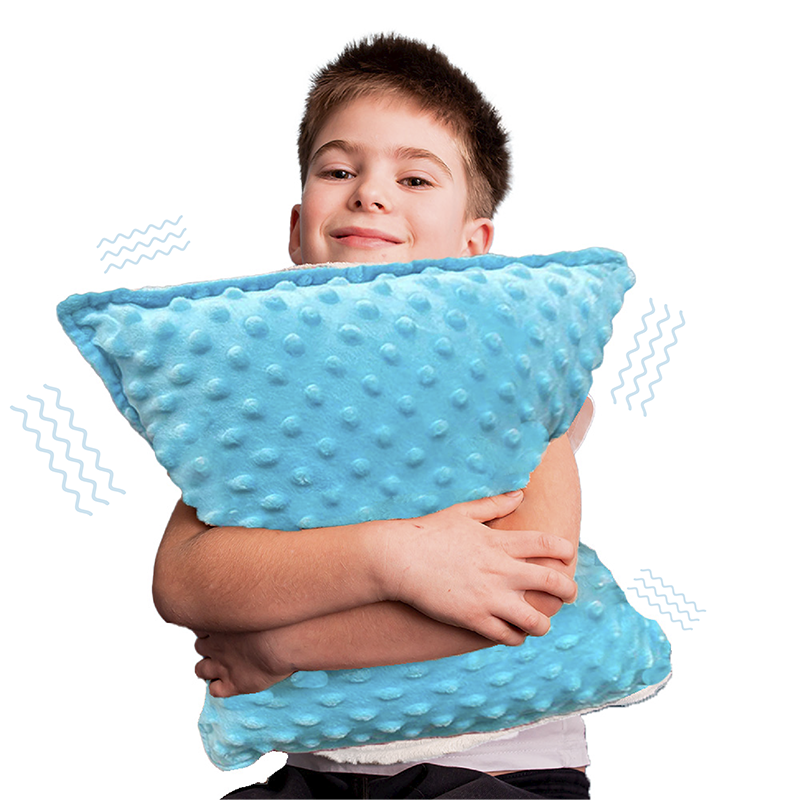
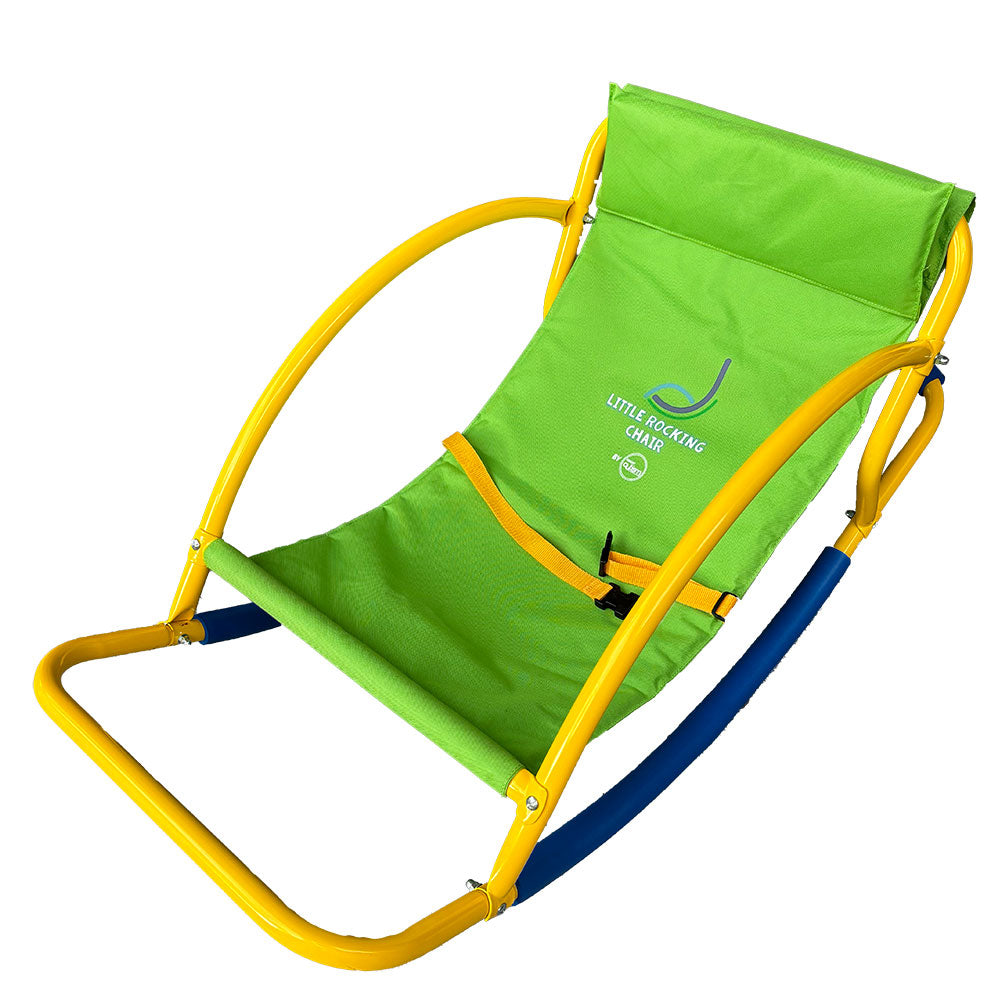
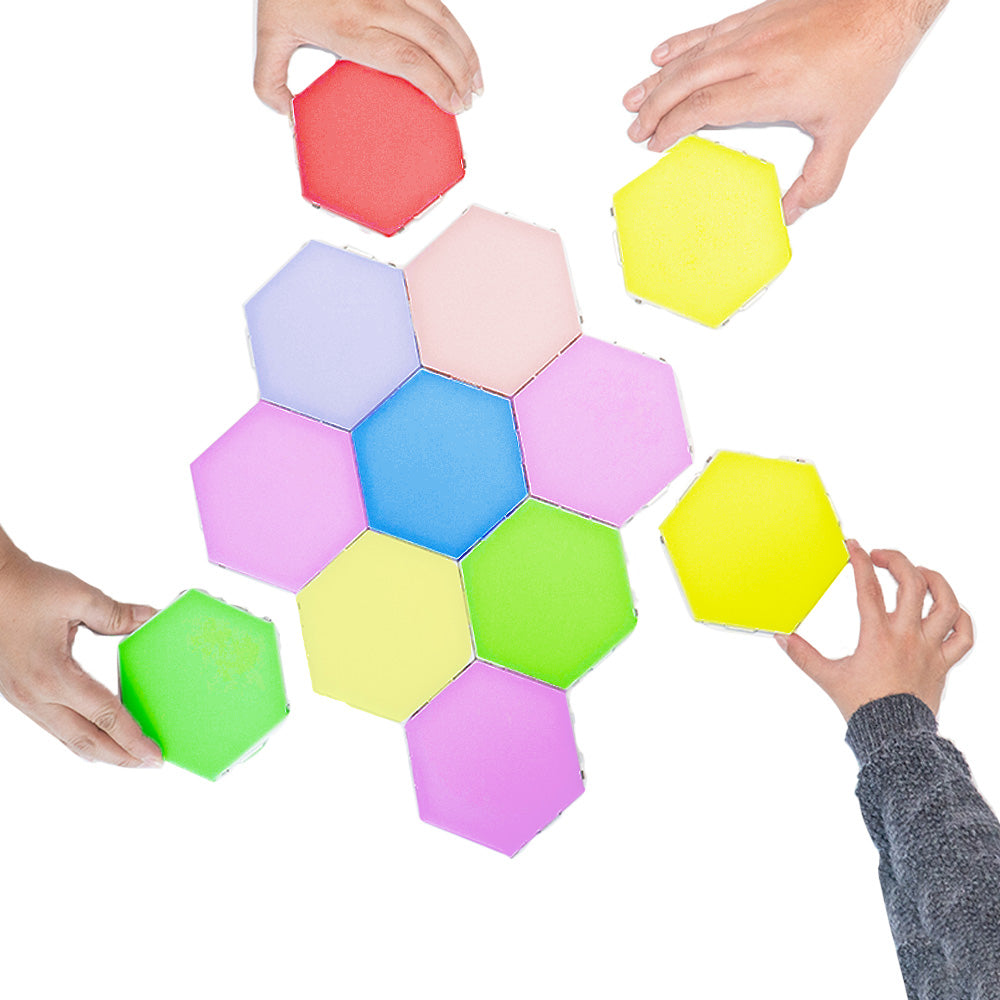
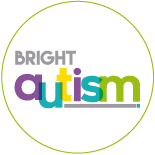





Leave a comment